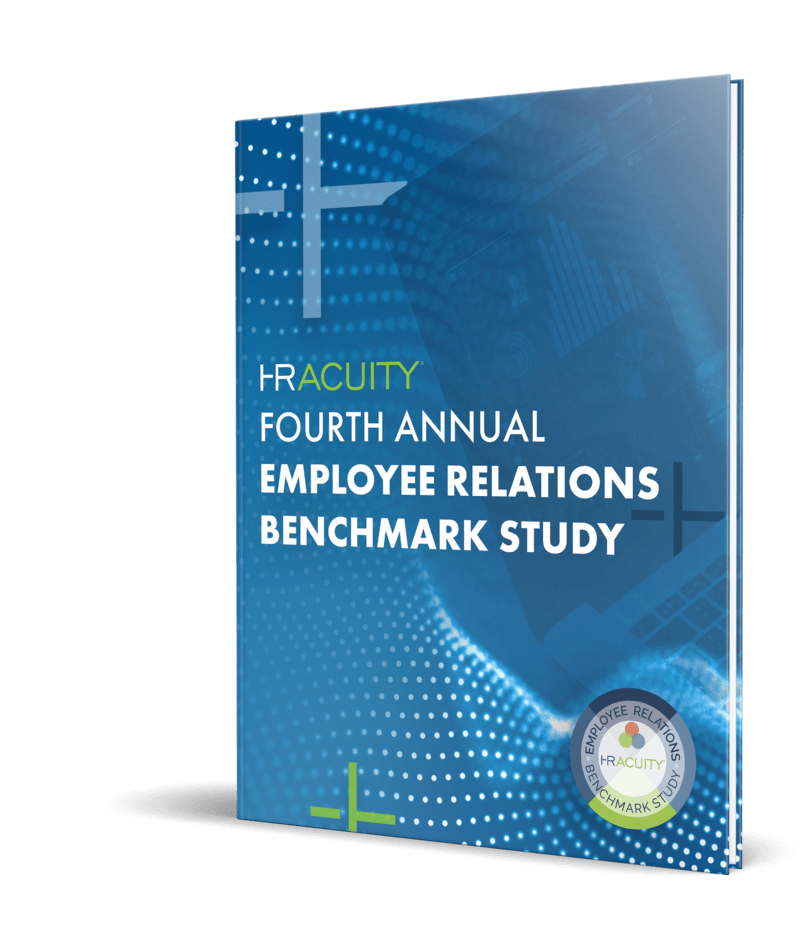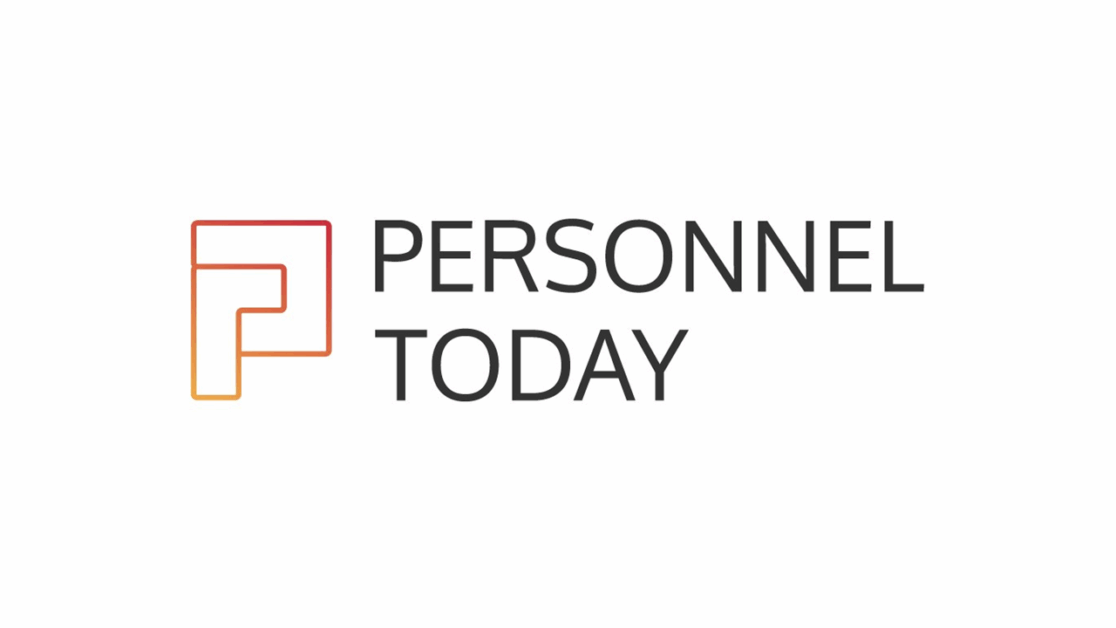I’m always excited for the results of the annual Employee Relations Benchmark Study, but there’s something extra special about this year, with the report coming out as we all are figuring out the road to recovery after COVID-19.
The Study shows that Employee Relations as a function has, in a word, arrived. It’s standardized, more formal than ever and yet also transparent and  compassionate. It’s elevated to a senior level as more of us than ever (52%) report to the CHRO. We are using tools, data and technology across the board – even if there’s still room for opportunity.
compassionate. It’s elevated to a senior level as more of us than ever (52%) report to the CHRO. We are using tools, data and technology across the board – even if there’s still room for opportunity.
This all matters because when the pandemic arrived, Employee Relations was as ready as we could be. We had our processes in place – and we could help our teams and each other. I felt proud as I read the results. ER is a serious, strategic, data-driven function whose time has come, and the findings bear it out.
To take a step back for context, HR Acuity launched the first Employee Relations Benchmark Study in 2016. This marks the fourth annual report, and each year shows dramatic growth in the maturity of the role. This year, we surveyed 207 organizations representing more than 5.5 million professionals globally (3 million in the U.S.)
The results show a continuation of the trends we’ve seen over the past few years, with acceleration in some areas. For example, nearly all respondents – 92% — say they are tracking employee relations data. When we started, that was just 50%. That’s a major maturation. Similarly, most ER pros have made a move toward centralized or hybrid models to organize their teams, suggesting that as a best practice that has taken hold.
And, in other areas, predictions we made came true. For example, #MeToo claims dropped this year, after a large increase in last year’s study. We believe that’s due to the corresponding increase in standards, transparency and best-practices investigations being implemented. Action is being taken, and the results bear it out.
Below are a few of the key findings that I found most significant. For the complete picture, download the full report.
Formalized standards and best practices are taking hold.
As I said above: Employee relations has arrived. Nearly two-thirds of employee relations teams (62%) now use a centralized employee relations model, a best practice, and more than half of employee relations teams (59%) now have a structured process for conducting investigations, representing an 18-point increase since last year’s study.
In addition, over 57% are now conducting investigation trainings annually. The focus on investigations is striking. Perhaps with #MeToo as a catalyst, organizations are painfully aware of the importance of fair, consistent processes, and working quickly to implement. The progress is impressive.
Data is vision, and vision is power.
Nearly all (92%) respondents now track employee relations data, and most are putting it to use – though about 1/5 are still collecting it without using it. We hope to see less next year.
ER leaders also report a major increase in requests from leadership on tracking metrics, indicating it’s increasingly valued within their organizations. And, there has been a notable uptick in the number of employee relations teams who report their metrics to Compliance, Diversity and Inclusion and managers at their organizations, underscoring the growing importance of employee relations data across the enterprise.
The next mile is predictive analytics. The number of respondents who are using or planning to use analytics has jumped since last year, but many still aren’t ready. When we’re actively turning our data into insight, that will be truly powerful.
Transparency is up.
Transparency is a huge watchword with employees and HR leaders alike, and it shows in the results. Respondents are increasingly sharing employee relations metrics directly with employees, up 17% compared to the prior year, showing a shift toward a culture of openness and communication.
We’ve discussed this type of transparency and sharing at length in our Employee Relations Roundtable community. Obviously, some employee relations information is confidential, but the more transparent we can be, the greater the trust and the better the employee experience.
Tools and technology drive confidence and efficiency.
64% of respondents now are using an employee relations technology platform (like HR Acuity.) That’s up from 38% in the prior year’s study, a significant increase.
What’s more, those who do use ER technology are far more confident in their productivity and efficiency.
Still – there are gaps, especially in analytics.
Only 45% of employee relations professionals feel very confident they have all the tools they need to work effectively. The biggest gaps are advanced analytics to help drive business decisions, requested by 91% of ER professionals, along with tools to help managers handle employee issues.
These are just a few of the insights you will find in this year’s Benchmark Study. I encourage you to download the full study, and join us on June 11 for a full discussion of the results.
I also want to thank all the employee relations leaders who took the time to take the study, especially during the pandemic. Your colleagues will benefit greatly from your expertise. Thank you for all you do for the Employee Relations community. It’s been an interesting year, to say the least. It’s terrific to know we have each other to count on.
All my best,
Deb
P.S. For full findings, visit www.hracuity.com/benchmark.



